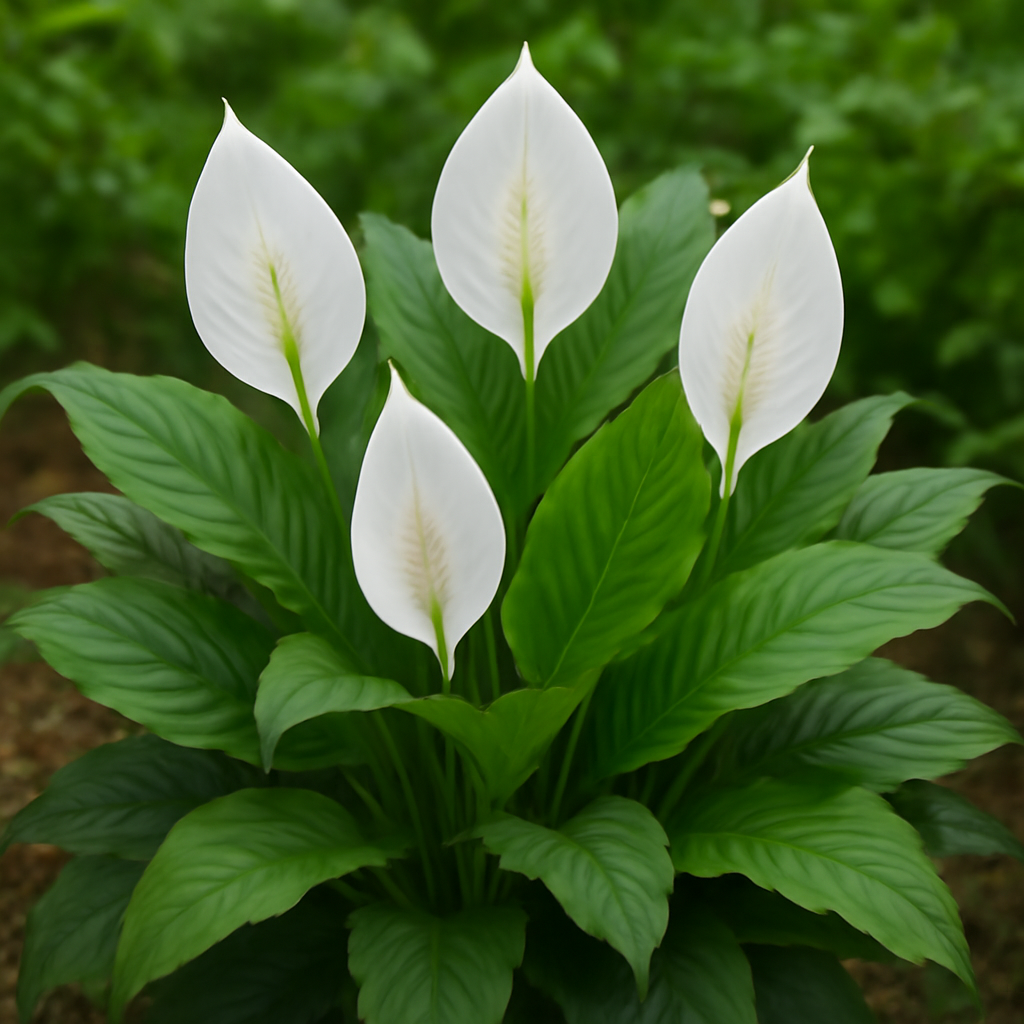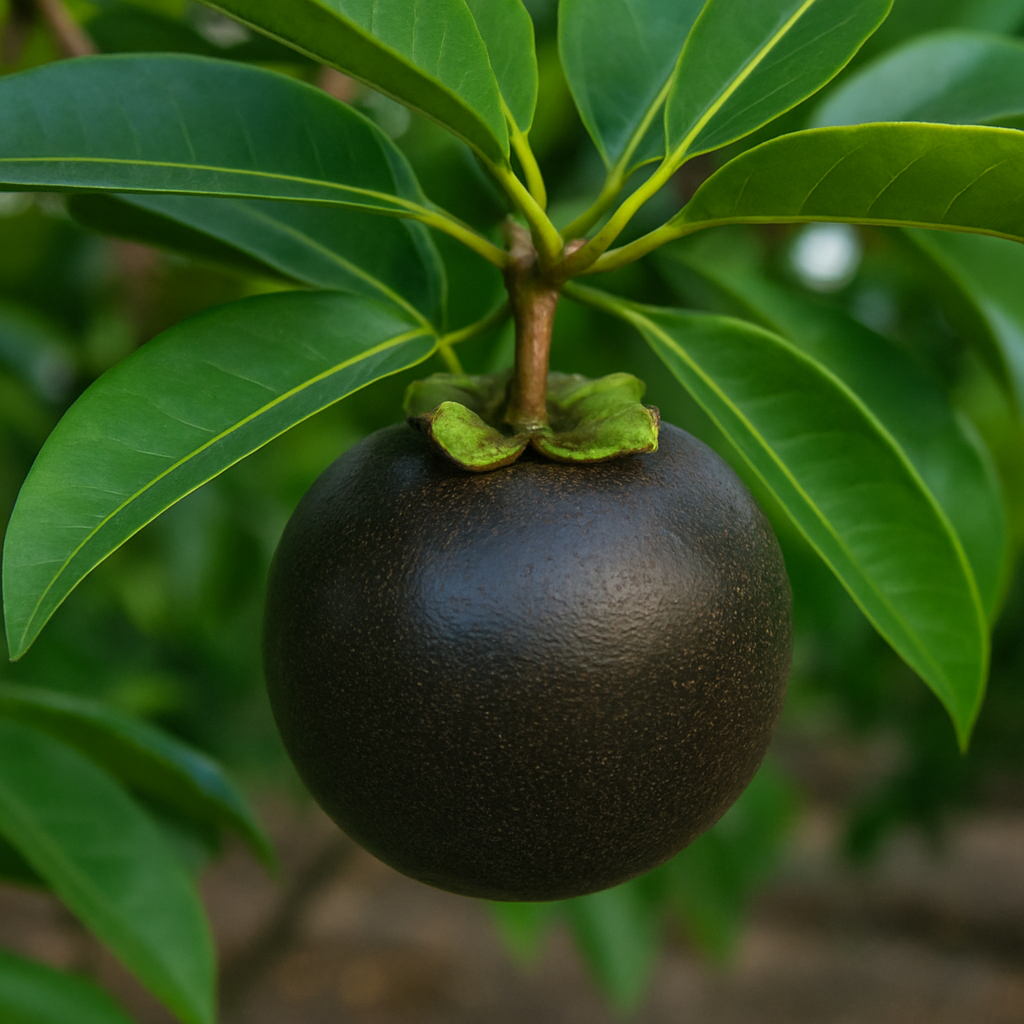Rama Tulsi: Il Sacro Basilico Santo per la Salute e il Benessere
Informazioni su Rama Tulsi
Rama Tulsi (Ocimum sanctum var. Rama), noto anche come Basilico Sacro, è una delle piante medicinali più venerate nell'Ayurveda. Conosciuto per il suo dolce aroma, foglie verde vibrante e proprietà benefiche per la salute, Rama Tulsi è ampiamente coltivato in giardini, case e templi. È celebrato per le sue qualità adattogene, che aiutano il corpo a gestire lo stress promuovendo il benessere generale.
Su Organicindiaseeds.com forniamo semi premium di Rama Tulsi, permettendo a giardinieri e appassionati di erbe di coltivare questa erba sacra in modo biologico.

Perché coltivare Rama Tulsi?
-
Benefici medicinali: Ricca di antiossidanti, vitamine e composti che supportano immunità, salute respiratoria e gestione dello stress.
-
Pianta sacra: Ha un significato spirituale nell'induismo ed è spesso piantata vicino a case e templi.
-
Facile da coltivare: Cresce bene in climi caldi ed è resistente a molti parassiti comuni.
-
Usi culinari: Le foglie possono essere usate in tè, rimedi erboristici e cucina.
-
Amico degli impollinatori: Attira api e farfalle, favorendo la biodiversità locale.
Quando piantare Rama Tulsi
-
Periodo migliore per la semina: Primavera e inizio estate, quando le temperature del terreno e dell'aria sono calde.
-
Germinazione dei semi: Germina in 7–14 giorni a temperature di 20–30°C (68–86°F).
-
Preferenza climatica: Cresce bene in regioni tropicali e subtropicali, ma può essere coltivata in casa in climi più freddi.
Dove coltivare Rama Tulsi
-
Luce solare: Preferisce pieno sole per una crescita ottimale e la produzione di foglie aromatiche.
-
Terreno: Terreno ben drenato e fertile con un pH da leggermente acido a neutro (6.0–7.5).
-
Spazio: Piantare a 12–18 pollici di distanza per permettere una crescita adeguata.
-
Contenitori: Ideali per vasi o aiuole rialzate, adatti per balconi o patii.
Come Coltivare il Rama Tulsi

-
Preparazione dei Semi: Metti i semi in ammollo in acqua tiepida per alcune ore per migliorare la germinazione.
-
Semina: Pianta i semi a ¼ di pollice di profondità in vassoi per semi, piccoli vasi o direttamente in giardino.
-
Irrigazione: Mantieni il terreno costantemente umido, ma evita i ristagni d'acqua.
-
Trapianto: Sposta le piantine in vasi più grandi o aiuole quando raggiungono un'altezza di 3–4 pollici.
-
Concimazione: Usa compost organico o fertilizzanti naturali bilanciati ogni 3–4 settimane per una crescita sana del fogliame.
Come Prendersi Cura del Rama Tulsi
-
Potatura: Spremi regolarmente le punte per favorire una crescita cespugliosa e prevenire la fioritura se desideri massimizzare la raccolta delle foglie.
-
Gestione dei Parassiti: Generalmente resistente ai parassiti, ma fai attenzione a afidi o mosche bianche; l'olio di neem funziona bene in modo biologico.
-
Consigli per l'irrigazione: Lascia che il terreno superficiale si asciughi leggermente tra un'irrigazione e l'altra, poiché l'eccesso d'acqua può danneggiare le radici.
-
Luce Solare e Temperatura: Assicurati di avere almeno 6 ore di luce solare al giorno e proteggi dal gelo nei climi più freddi.
Piante Compagne per Rama Tulsi

-
Pomodori e Peperoni: Tulsi respinge alcuni parassiti e favorisce la crescita.
-
Altre Erbe: Pianta insieme a menta, coriandolo o citronella per creare un ecosistema di giardino aromatico.
-
Fiori: I calenduli aiutano a repellere gli insetti naturalmente, migliorando la salute del Tulsi.
Suggerimento per la posizione dell'immagine: Includi una foto di piante di Rama Tulsi in un giardino domestico insieme ad erbe compagne per mostrare visivamente il suo ambiente di crescita.
Raccolta di Rama Tulsi
-
Tempo di raccolta: Le foglie sono pronte per la raccolta 6–8 settimane dopo la germinazione.
-
Metodo di raccolta: Raccogli regolarmente foglie giovani e tenere per tè, cucina o rimedi erboristici.
-
Conservazione: Le foglie fresche possono essere usate immediatamente o essiccate per la conservazione a lungo termine.
-
Usi: Tisane, rimedi ayurvedici, rimedi naturali per raffreddore e tosse, e guarnizioni aromatiche.
Considerazioni finali su Rama Tulsi
Rama Tulsi è più di una semplice pianta; è un erba sacra, medicinale e aromatica che migliora la salute, il benessere spirituale e la biodiversità del giardino. La sua facilità di coltivazione, resistenza ai parassiti e proprietà medicinali
rendilo un'aggiunta perfetta a giardini domestici, patii e balconi. Inizia a coltivare il tuo Rama Tulsi organicamente con semi premium da Organicindiaseeds.com e goditi le benedizioni di questo basilico sacro tutto l'anno.



Commenta
Questo sito è protetto da hCaptcha e applica le Norme sulla privacy e i Termini di servizio di hCaptcha.